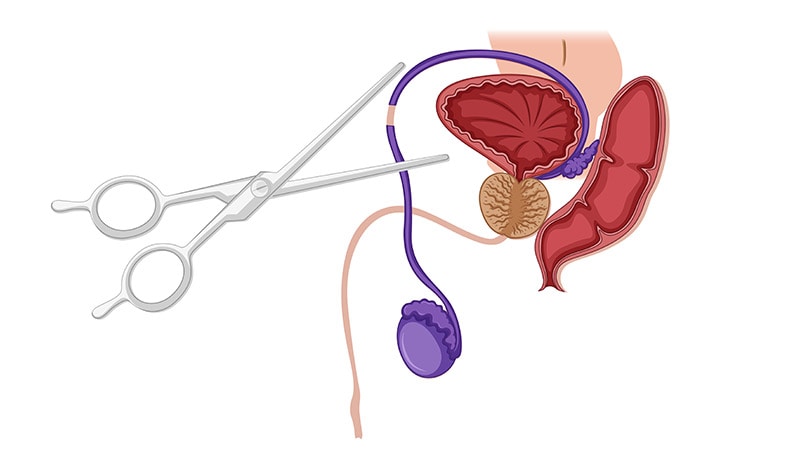Report on the Ebola Virus Disease Outbreak in the Democratic Republic of the Congo: An SDG Perspective
Outbreak Status and Impact on SDG 3: Good Health and Well-being
The final patient being treated for Ebola virus disease in the Democratic Republic of the Congo (DRC) has been discharged, initiating a 42-day countdown to declaring the outbreak over. This development marks a significant step towards achieving Sustainable Development Goal 3 (SDG 3), which aims to ensure healthy lives and promote well-being for all. However, the outbreak, declared on September 4 in the Bulape health zone, highlights the persistent challenges to Target 3.3, which calls for an end to epidemics of communicable diseases.
- Total Cases: 64 (53 confirmed, 11 probable)
- Fatalities: 43
- Recoveries: 19
- Case-Fatality Rate: 67.2%
- Healthcare Workers Infected: 5 (3 fatalities)
The high case-fatality rate and the infection of five healthcare workers underscore the severe risks posed by such epidemics, directly impeding progress on ensuring universal health coverage and safe working environments for health personnel.
Collaborative Response: A Model for SDG 17: Partnerships for the Goals
The successful containment of the outbreak in just six weeks is a testament to effective global and national collaboration, a core principle of SDG 17 (Partnerships for the Goals). The response was a coordinated effort involving key stakeholders:
- The World Health Organization (WHO)
- The DRC Ministry of Health
- Multiple international and local partners
Dr. Mohamed Janabi, WHO Regional Director for Africa, stated, “The recovery of the last patient just six weeks after the outbreak was declared is a remarkable achievement that shows how strong partnership, national expertise and determination have contributed to overcoming challenges to save and protect lives.” This demonstrates the critical importance of multi-stakeholder partnerships (Target 17.17) in addressing global health emergencies.
Strategic Interventions and Health System Strengthening
The rapid and effective response measures were crucial in mitigating the outbreak’s impact, contributing to SDG Target 3.d by strengthening capacity for early warning and risk management. Despite the logistical challenges of operating in a rural, hard-to-reach area, the partnership delivered critical health infrastructure and services, aligning with SDG 9 (Industry, Innovation, and Infrastructure).
- Infrastructure Development: A 32-bed Ebola treatment center was erected within days of identifying the first case.
- Rapid Vaccine Deployment: Vaccines arrived on-site just 10 days after the initial case was identified.
- Targeted Vaccination Campaign: A ring vaccination strategy was employed to protect close contacts, clinicians, and other at-risk individuals.
- Campaign Reach: The vaccination campaign successfully reached 35,000 people in the Bulape health zone.
Conclusion and Regional Context
If no new cases are identified, the outbreak will be officially declared over in early December. This rapid containment serves as a positive example of progress towards global health security. However, the regional context indicates a continued vulnerability to such health crises, demanding sustained investment in public health systems to achieve the 2030 Agenda for Sustainable Development.
- This event was the second Ebola outbreak in the region in 2025.
- An earlier outbreak in Uganda resulted in 14 cases and 4 fatalities.
The recurring nature of these outbreaks underscores the urgent need for continued international cooperation and investment to build resilient health systems capable of preventing, detecting, and responding to epidemics, thereby safeguarding progress across all SDGs.
Analysis of SDGs in the Article
1. Which SDGs are addressed or connected to the issues highlighted in the article?
-
SDG 3: Good Health and Well-being
- The entire article focuses on a public health crisis—an Ebola virus outbreak in the Democratic Republic of the Congo (DRC). It discusses the response efforts, including patient treatment, disease containment, vaccination campaigns, and mortality rates. These actions are central to ensuring healthy lives and promoting well-being for all at all ages.
-
SDG 17: Partnerships for the Goals
- The article explicitly highlights the collaborative effort required to manage the outbreak. It mentions that “the WHO, the DRC ministry of health, and multiple partners were able to erect a 32-bed Ebola treatment center.” The WHO regional director is quoted attributing the success to a “strong partnership, national expertise and determination,” which directly relates to the goal of strengthening global partnerships for sustainable development.
2. What specific targets under those SDGs can be identified based on the article’s content?
-
Under SDG 3: Good Health and Well-being
- Target 3.3: “By 2030, end the epidemics of AIDS, tuberculosis, malaria and neglected tropical diseases and combat hepatitis, water-borne diseases and other communicable diseases.” The article details the successful efforts to control and end an epidemic of Ebola, a deadly communicable disease. The release of the last patient and the start of the 42-day countdown to declaring the outbreak over are direct actions toward this target.
- Target 3.d: “Strengthen the capacity of all countries, in particular developing countries, for early warning, risk reduction and management of national and global health risks.” The rapid and effective response described—erecting a treatment center “within days,” delivering vaccines “just 10 days after the initial case was identified,” and vaccinating 35,000 people—demonstrates a strengthened capacity to manage a national health crisis with global implications.
-
Under SDG 17: Partnerships for the Goals
- Target 17.16: “Enhance the global partnership for sustainable development, complemented by multi-stakeholder partnerships that mobilize and share knowledge, expertise, technology and financial resources…” The joint effort between the World Health Organization (an international body) and the DRC’s national ministry of health, along with other partners, exemplifies this target by mobilizing expertise and resources to combat the Ebola outbreak.
3. Are there any indicators mentioned or implied in the article that can be used to measure progress towards the identified targets?
-
For Target 3.3 (End epidemics):
- Incidence of disease: The article provides specific numbers on the scale of the outbreak: “64 cases (53 confirmed and 11 probable).” The statement that “The DRC has not reported any new cases since September 25” is a direct indicator of progress in halting transmission.
- Mortality rate: The article states that “43 people have died” and calculates the “case-fatality rate for this outbreak is 67.2%.” Tracking this rate is a key indicator of the severity of the disease and the effectiveness of the treatment response.
-
For Target 3.d (Strengthen capacity for health risk management):
- Speed of response: The article implies indicators of response capacity through time-based metrics, such as erecting a “32-bed Ebola treatment center within days” and the arrival of vaccines “just 10 days after the initial case was identified.”
- Vaccination coverage: The number of people vaccinated, “35,000 in Bulape health zone,” serves as a quantitative indicator of the public health intervention’s reach and the capacity to execute a large-scale vaccination campaign.
-
For Target 17.16 (Global partnerships):
- Evidence of multi-stakeholder collaboration: The article provides qualitative evidence of a successful partnership by naming the key actors (“the WHO, the DRC ministry of health, and multiple partners”) and quoting an official who credits the “strong partnership” for the “remarkable achievement.” The existence and effectiveness of this collaboration serve as an indicator for this target.
4. Summary Table of SDGs, Targets, and Indicators
| SDGs, Targets and Indicators | Targets | Indicators |
|---|---|---|
| SDG 3: Good Health and Well-being | 3.3: End epidemics and combat communicable diseases. |
|
| 3.d: Strengthen capacity for early warning and management of health risks. |
|
|
| SDG 17: Partnerships for the Goals | 17.16: Enhance the global partnership for sustainable development. |
|
Source: cidrap.umn.edu







